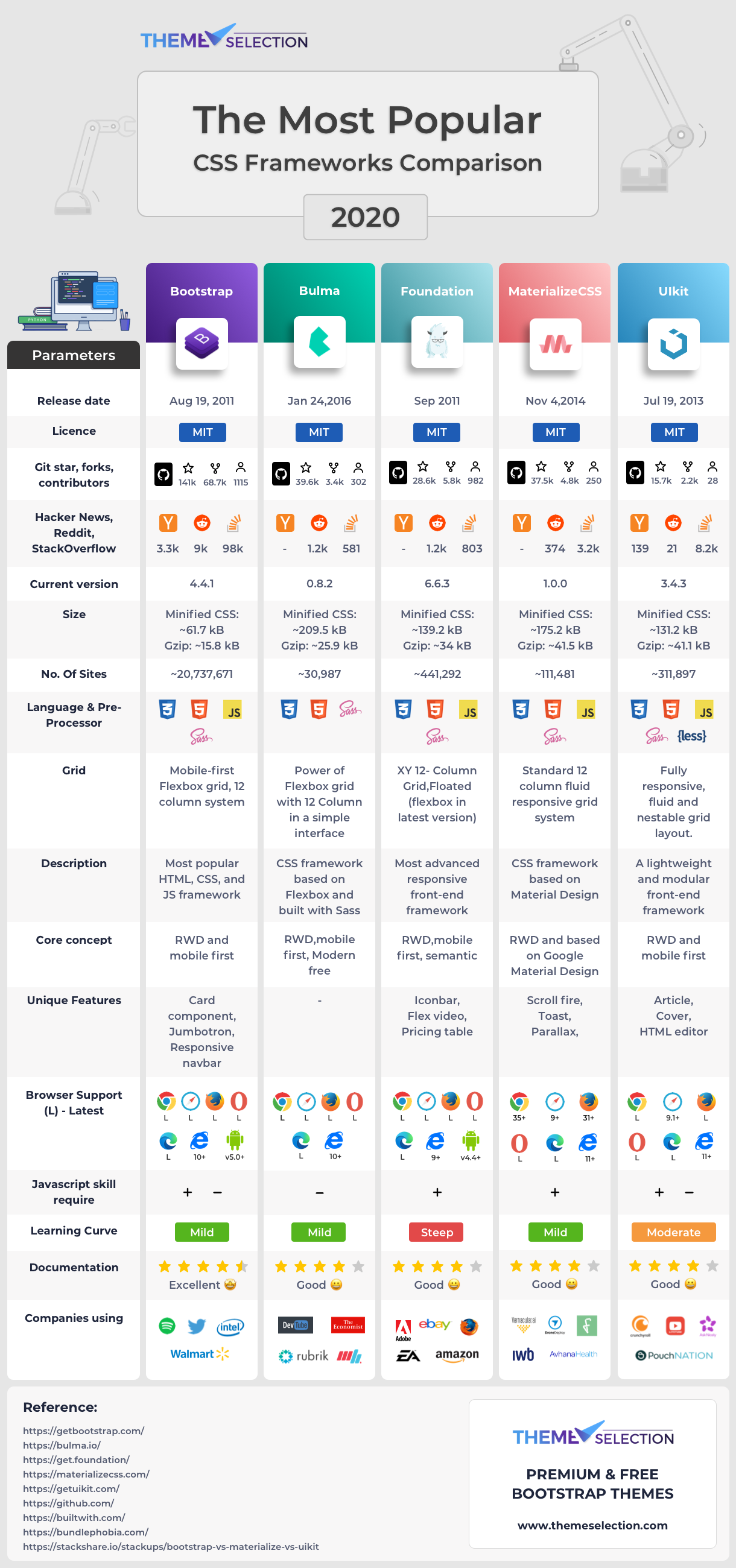JuJu News Hub
Your go-to source for the latest trends and insightful articles.
Framework Fumble: Navigating the CSS Jungle
Unravel the chaos of CSS! Join us in Framework Fumble to master styling and leave the jungle behind. Discover tips, tricks, and more!
Understanding Flexbox: A Beginner's Guide to Layouts
Flexbox, short for Flexible Box Layout, is a layout model in CSS that enables developers to design responsive and efficient layouts in a more intuitive way. With Flexbox, you can easily control the alignment, direction, and size of items within a container, making it an essential tool for modern web design. The main advantage of using Flexbox is its ability to create complex layouts with less code compared to traditional methods such as float-based layouts or using positioning. This guide will help beginners understand the core concepts of Flexbox and how to effectively implement it in their projects.
To start using Flexbox, you'll want to familiarize yourself with some key properties. First, you need to define a container as a flex container by applying the display: flex; property to it. Once you have your flex container, you can utilize properties like flex-direction to set the direction of the child elements and justify-content to manage spacing between them. Additionally, properties like align-items and flex-wrap help with vertical alignment and wrapping elements, respectively. Mastering these properties will empower you to create sophisticated and dynamic layouts that enhance the overall user experience on your website.

10 Common CSS Pitfalls and How to Avoid Them
When working with CSS, many developers fall into a few common pitfalls that can lead to inefficiencies and frustration. One major mistake is the failure to understand specificity, which determines which styles are applied when multiple rules could apply to the same element. For instance, using overly broad selectors can result in unexpected overrides, making it essential to understand how CSS specificity levels operate. To avoid this, always check the specificity of your selectors and utilize class selectors over tag selectors to maintain control over your styles.
Another common issue arises from neglecting responsive design principles. Developers may create layouts that look great on desktop but fail to adapt to smaller screens. To address this, implement media queries to ensure that your designs are flexible and can adapt to various screen sizes. A recommended approach is to use relative units like percentages or viewport units, which will help maintain the integrity of your layout across different devices. By keeping these factors in mind, you can effectively avoid some of the most frequent pitfalls in CSS.
CSS Grid vs. Flexbox: Which One Should You Use?
When it comes to web layout techniques, CSS Grid and Flexbox are two powerful tools that every web developer should master. Each has its strengths and is suited for different design scenarios. CSS Grid excels at creating complex, two-dimensional layouts, allowing developers to define both rows and columns simultaneously. It provides a more intuitive approach for designing entire web pages, making it easier to arrange elements in a grid format. In contrast, Flexbox, or the Flexible Box Layout, is great for one-dimensional layouts, particularly when you want to align items in a single row or column. This makes it highly effective for distributing space and aligning items within a container.
Choosing between CSS Grid and Flexbox ultimately depends on the layout needs of your project. If your design requires a uniform structure that involves complex arrangements, consider using CSS Grid. However, if you are dealing with smaller components that require alignment and distribution of space in a single direction, Flexbox could be the better option. Furthermore, many developers find success in using both together, leveraging the strengths of each for different parts of their layout. By understanding the unique capabilities of each, you can enhance your web design and provide a better user experience.